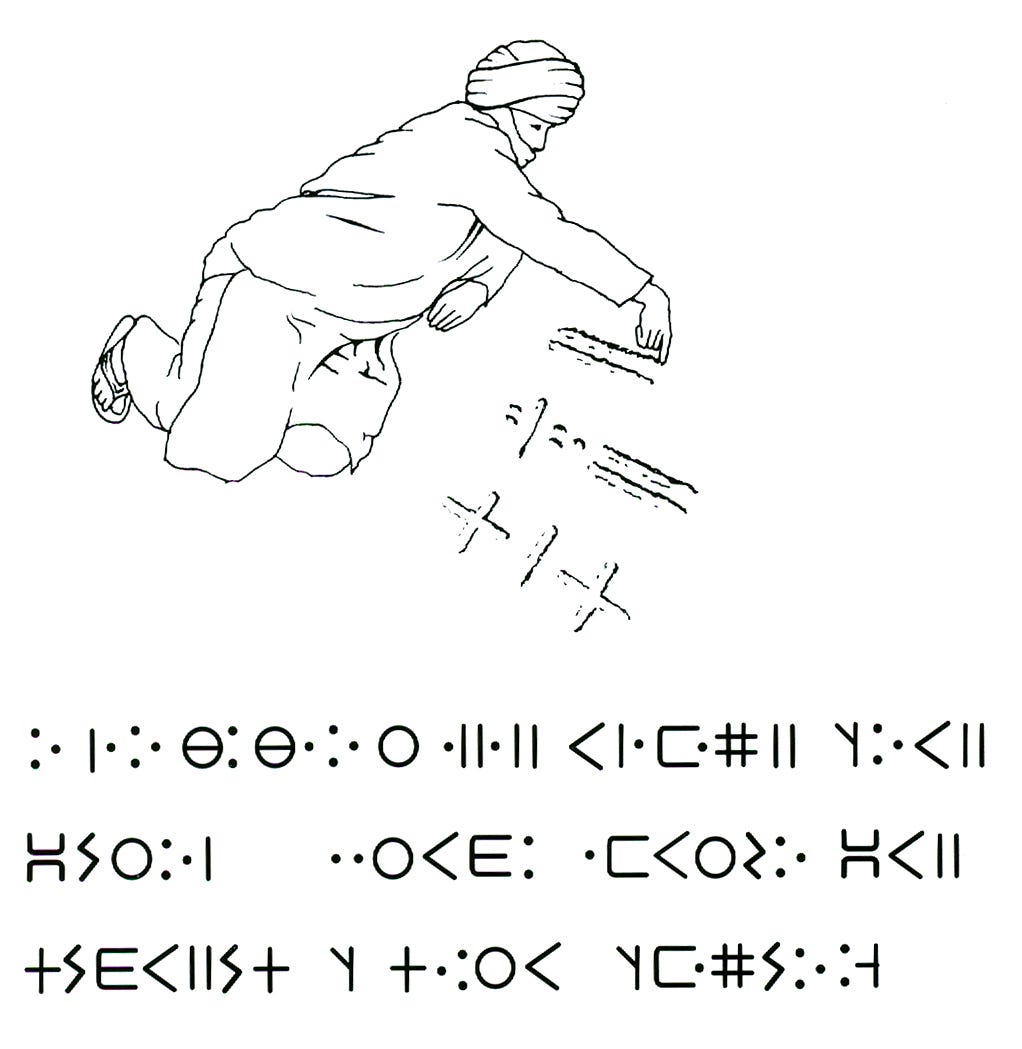
Empathy for the ancients.
Shake it up, try something new, and surprise yourself (again). I love exploring new scripts, drawing shapes I’ve seen but never used, letting the pen discover new forms and connections as it traces new shapes. An unfamiliar alphabet or abjad triggers curiosity and leads to further research. And if you trace it, copy it onto a page, and follow its unique shapes, you transport yourself to the land, the country, the people who made that script. Maybe it builds affinity and sensitivity for the arc of our cultures.

THE SIMPLE PROCESS
Take a break from your current project to just “walk outside” your mind, and you can write out an unfamiliar alphabet and design new text art. Call it career development.
For instance, you might examine the South Arabian script from over 3,000 years ago, a very sophisticated letterform with a 3:1 proportion; this abjad—a consonantal language with only assumed vowels—was used until the 6th c. CE, when Arabic came into its strength. You have to admire its graphic beauty and the superb sense of spacing of the carvers and inscribers!
You will look at a few scripts before you decide which one to work with right now. It may be linked to your personal heritage, your interests in general, or you may just like the way it looks.
DECISION TIME!
Select a script you’ve never used. Today I’m going to work with Meroïtic, which I’ve not written before. It is an undeciphered script from the ancient city of Meroë in the North Sudan area, related to Egyptian hieroglyphs and with some characteristics of the Egyptian demotic script. It was used between 4th c. BCE and 5th c. CE. Meroïtic is classified as an abugida, a syllabic consonantal alphabet, with the vowels assumed or represented by modifying marks. Yes, you will travel into the field of linguistics.
Find examples. A quick search should turn up some good images in your focus area. In this case I am intrigued by the cursive nature of the stone inscription.
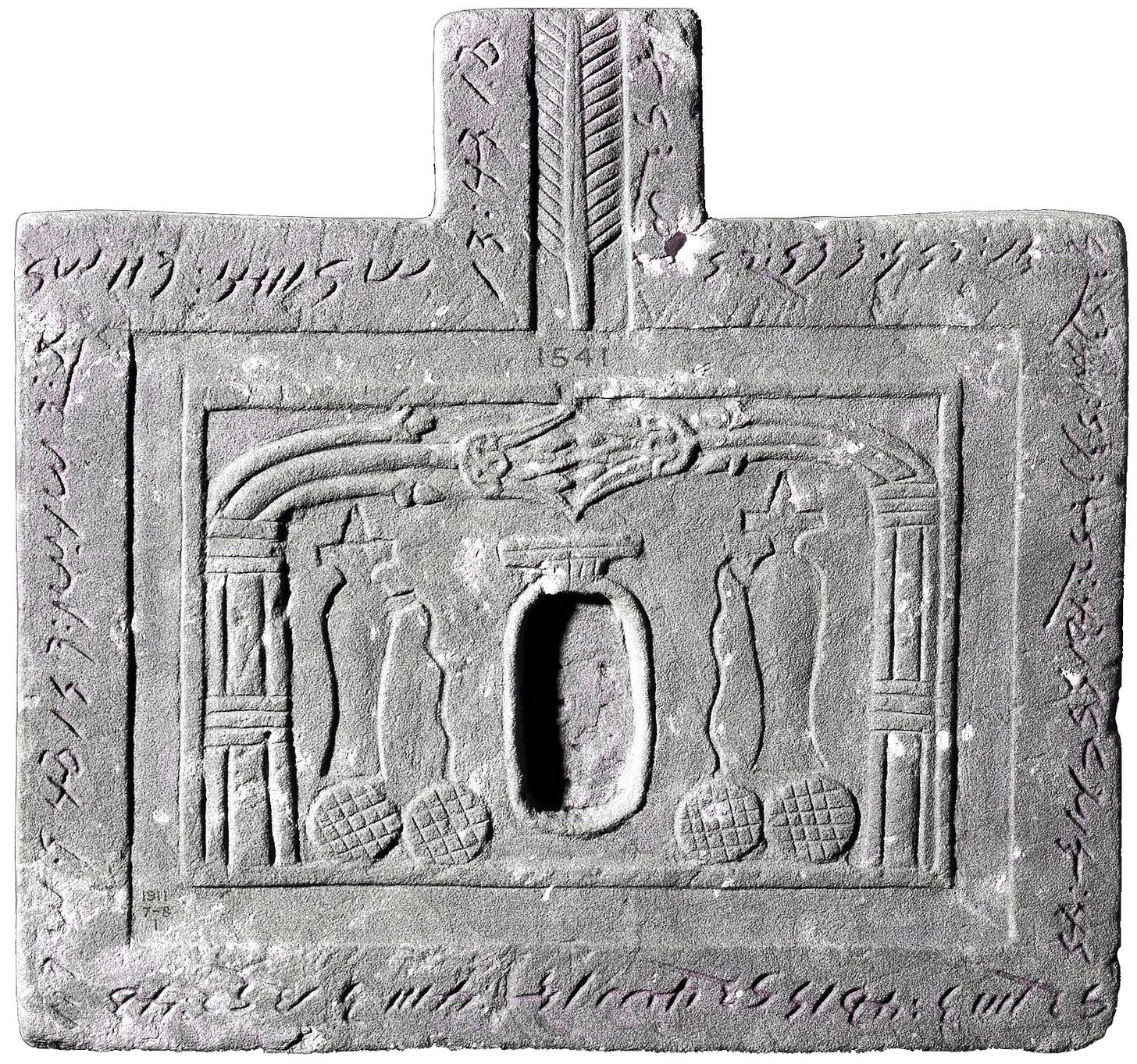
Get inspired by artifacts from the same location and era as your chosen script, for a sense of line quality, color, and graphic style, in case you want to use decorative patterns or elements along with your text.
What remains of the location will also feed your mood and elevate your understanding of the script.
Download a chart so you can transliterate the sounds into your own language. This one I found is clear enough for first study. You want to find forms that will grow your skills. Some phonetic language charts are low resolution, pixelated and difficult to read. Choose only high resolution information that you can clearly grasp.
Rooted in Egyptian scripts, Meroïtic is a distinctly different language spoken in the Kingdom of Kush (modern-day Sudan). While Meroïtic has a cursive form derived from Egyptian Demotic (column 1), it also includes a hieroglyphic form, noted below (column 2). Traces of the 23 phonemes of Meroïtic are found in the Nubian language today.
First, you’ll need to write out the Roman alphabet, then do your best to match up the phonetic equivalents. You may need to do this several times as you get familiar with the sequence of strokes (ductus) and their correct positions and relationships. Here is a typical attempt. Some sounds are not there, and some letters like S, T, and N have more than one symbol for different sounds.
Next, write a phrase. A pangram is often used to test a living script, but since Meroïtic is missing some English sounds and has others we do not use, 2 or 3 words will be fine at this point, just to get familiar with the forms, rhythm, and alignment. I wrote out a phrase that calligraphers often use: The written word remains. In Latin it is littera scripta manet. Here, there are three phonemes in the last word. The M and N are assumed to have a vowel following and the T has two separate elements. Not only that, Meroïtic is written from right to left! It is slanted on an axis very similar to our own cursive script.
Finally, choose a different tool, work larger, and introduce overlapping, reduce interline space, and work on rhythm. You’ll discover things…
Meroïtic has its own demotic and hieroglyphic forms which is handy for the designer. Once you’ve done the demotic letters, the graphics seem more accessible.
Last but not least, you can write your name with a nice big brush to expand your techniques! In a consonantal script you don’t use vowels, so one of my names uses three demotic signs: B_L_M. I used an old brush and bister red ink and wrote from right to left.
Pushing it a little further I cropped it, reversed the image, and signed it, just to make it bold and visible.
That’s a quick run-down of the process of learning and exploiting an unknown script to make it your own and see what new forms you discover.
Let’s see if you can decipher this sentence, written from right to left, of course.
Thank you all for reading and enjoying my posts. It’s great to be here with you.
NOTE TO ALL: This blogpost on Substack will always be free. Upgrade to Paid for interactive activities, individual comments and discussion, and exclusive articles. Your contribution is always immensely appreciated, and helps keep things coming your way. All images copyrighted by Ann Miller unless otherwise noted.
PAID SUBSCRIBERS: All paid subscriptions are now $75 annually or $7.50 monthly. I am eager to devote time to interactive projects and individual discussions on this basis. For you, it’s an ongoing investment in growing your graphic skills and supporting your performance in the areas of book arts, handwriting, letterformation, and calligraphy.
EDUCATIONAL DISCOUNT: I’m now offering a special 50% discount on the annual paid subscription for art instructors [you@your school.edu] and those in the art education field.



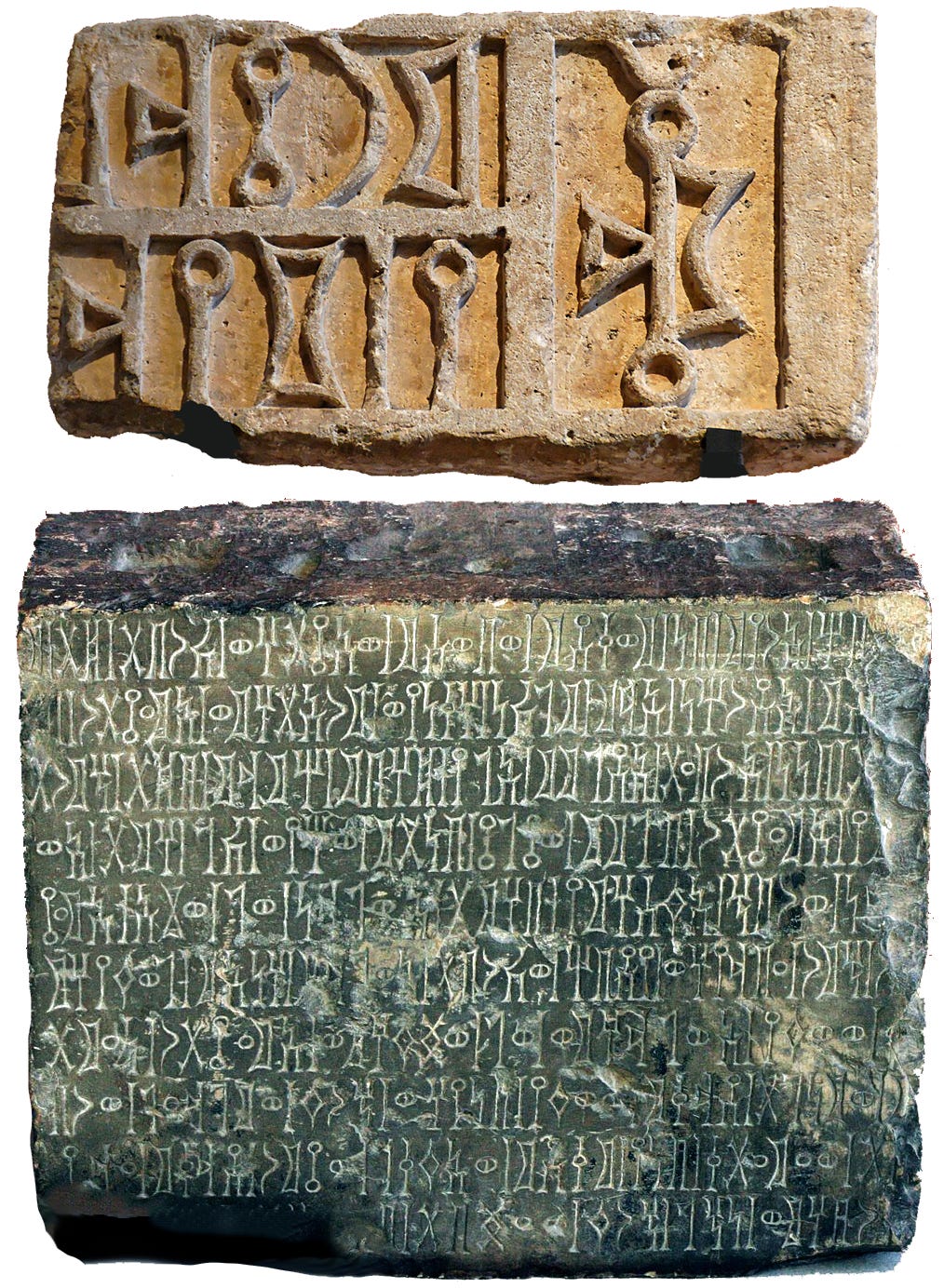
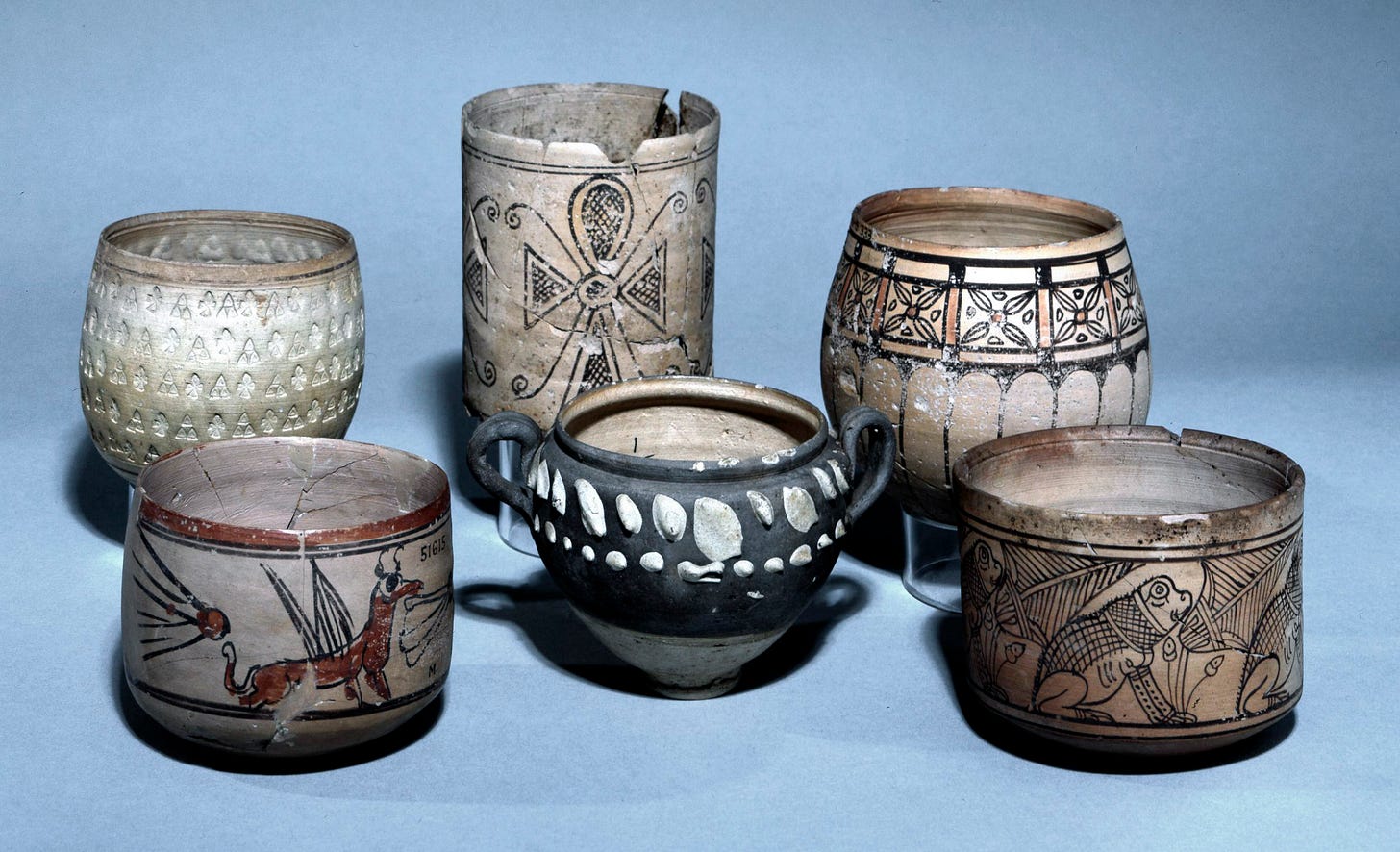

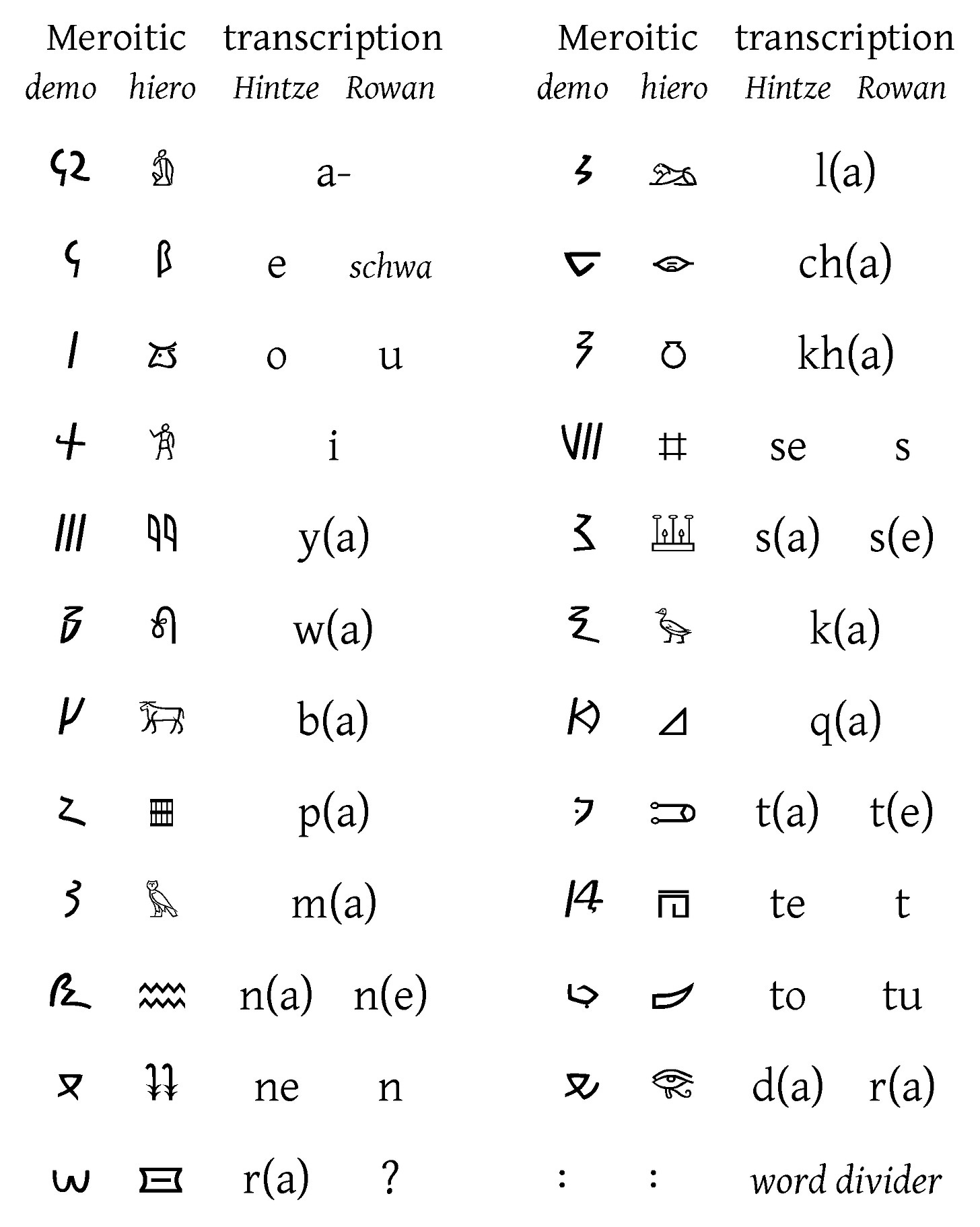
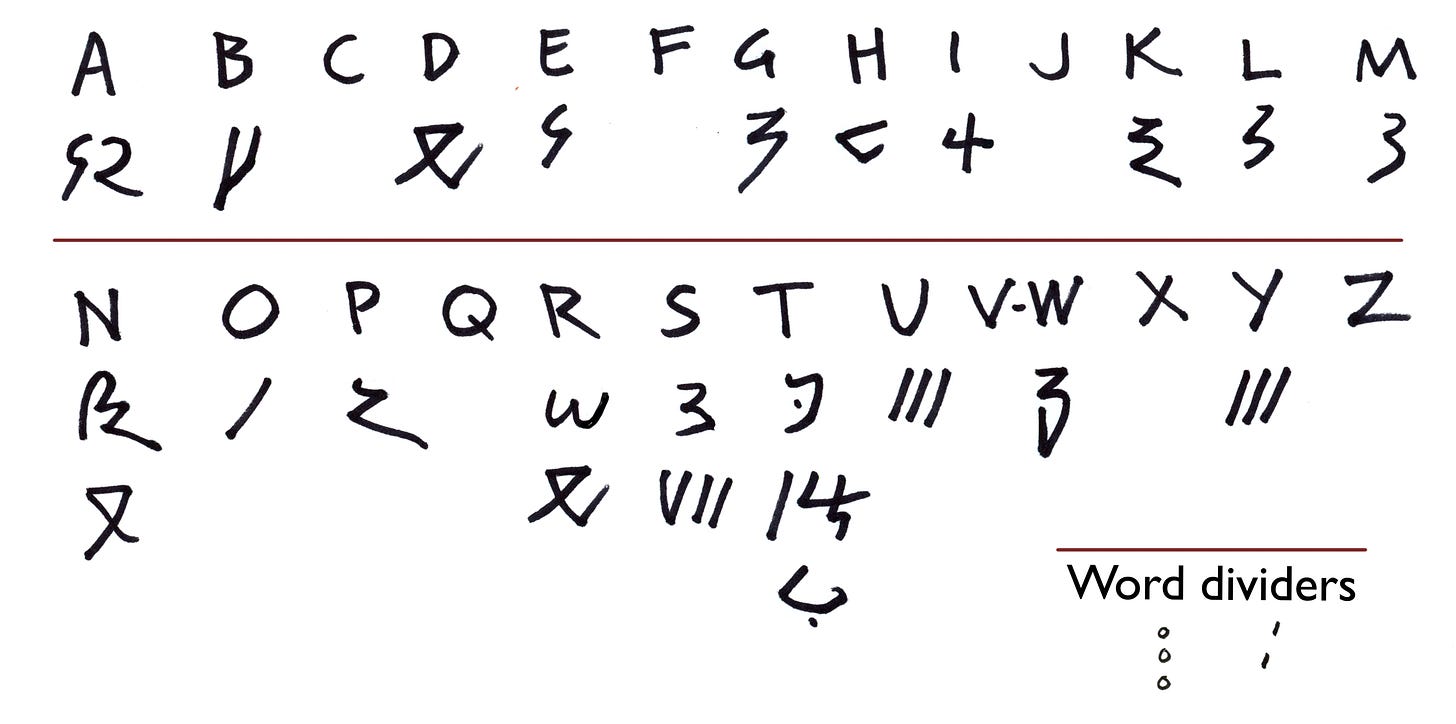
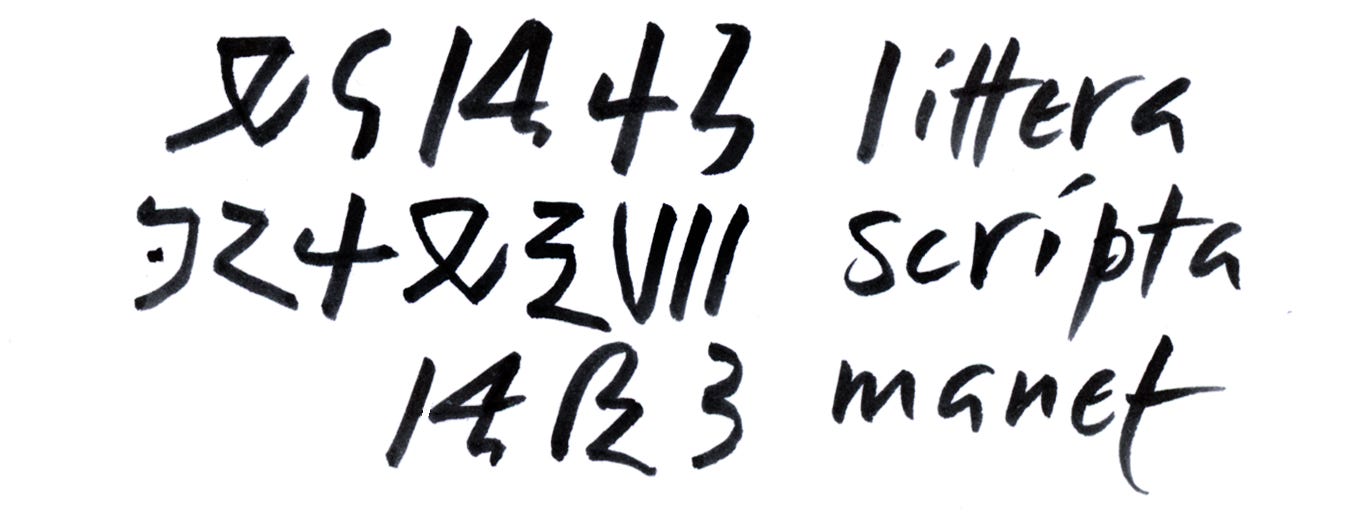
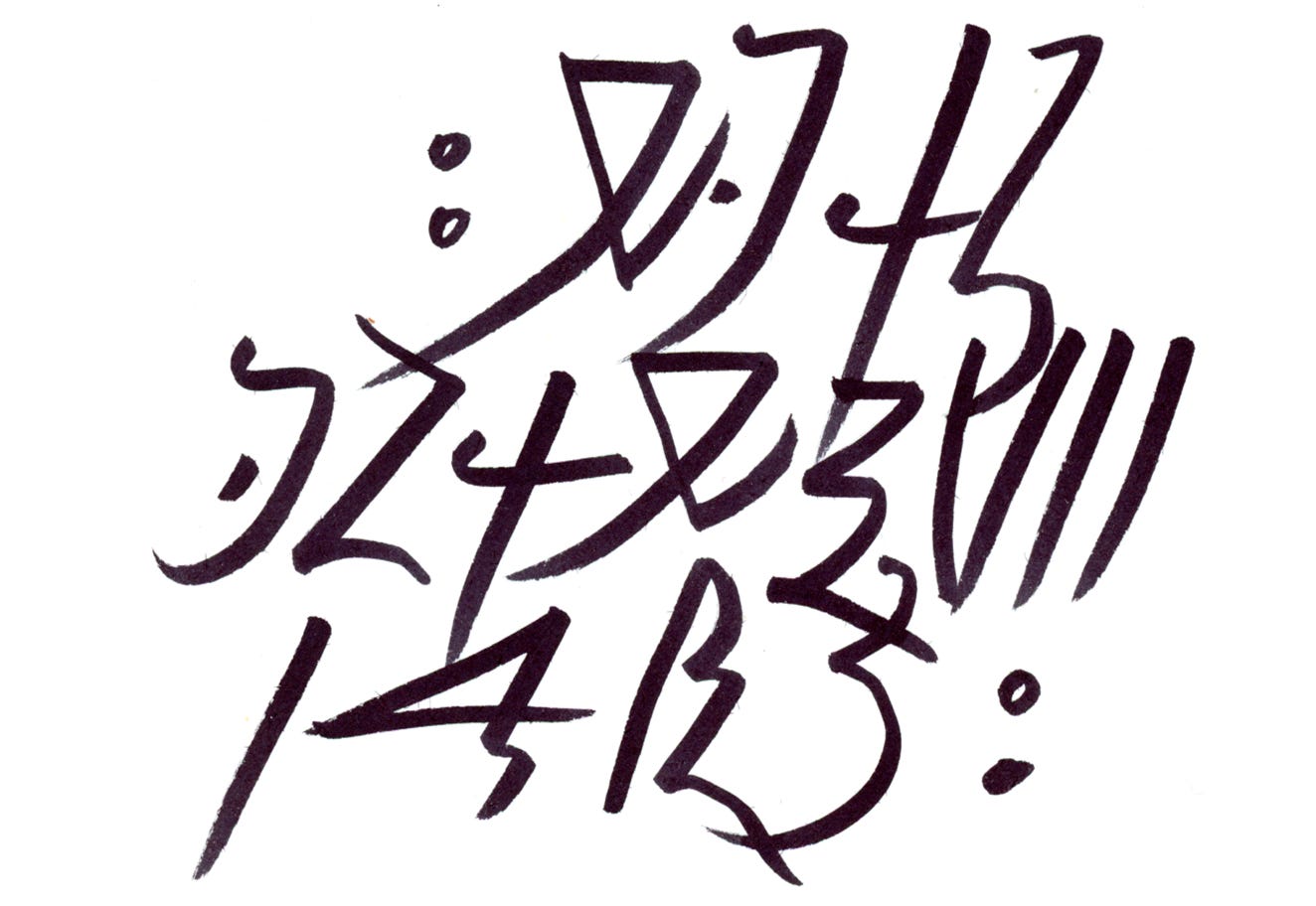

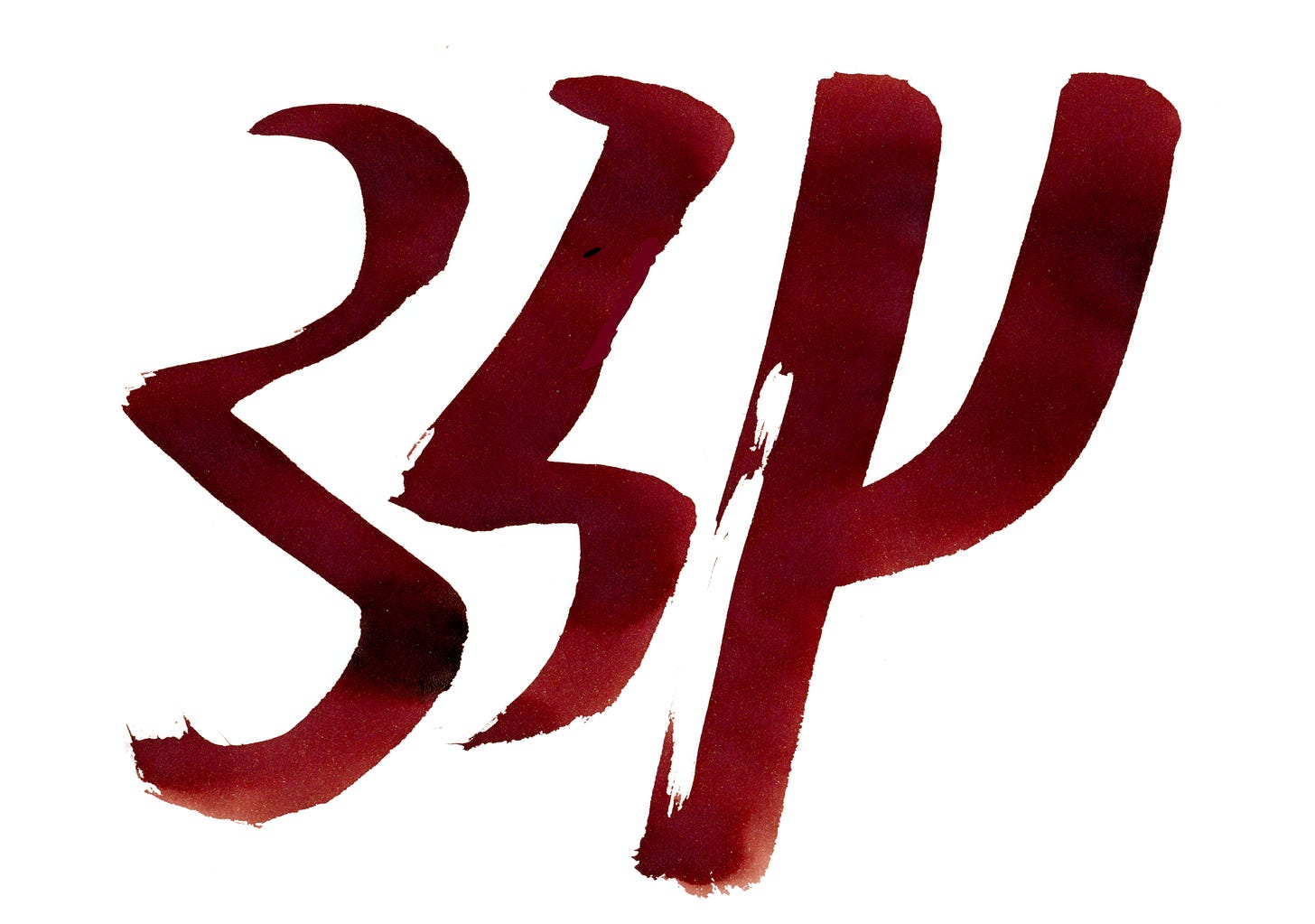
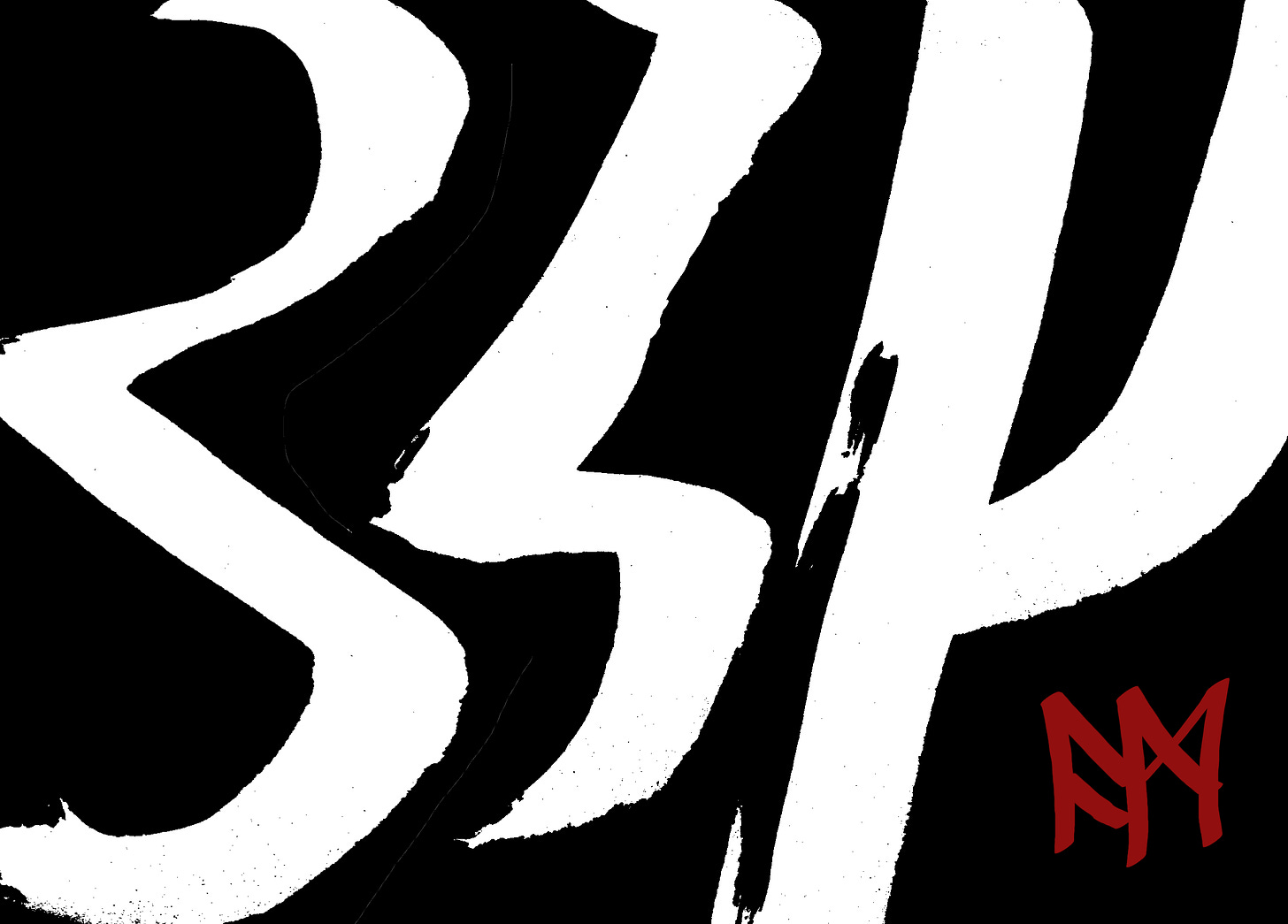

Fabulous! Inspirational! Terry
This is a terrific post, Ann! Thank you, Pam